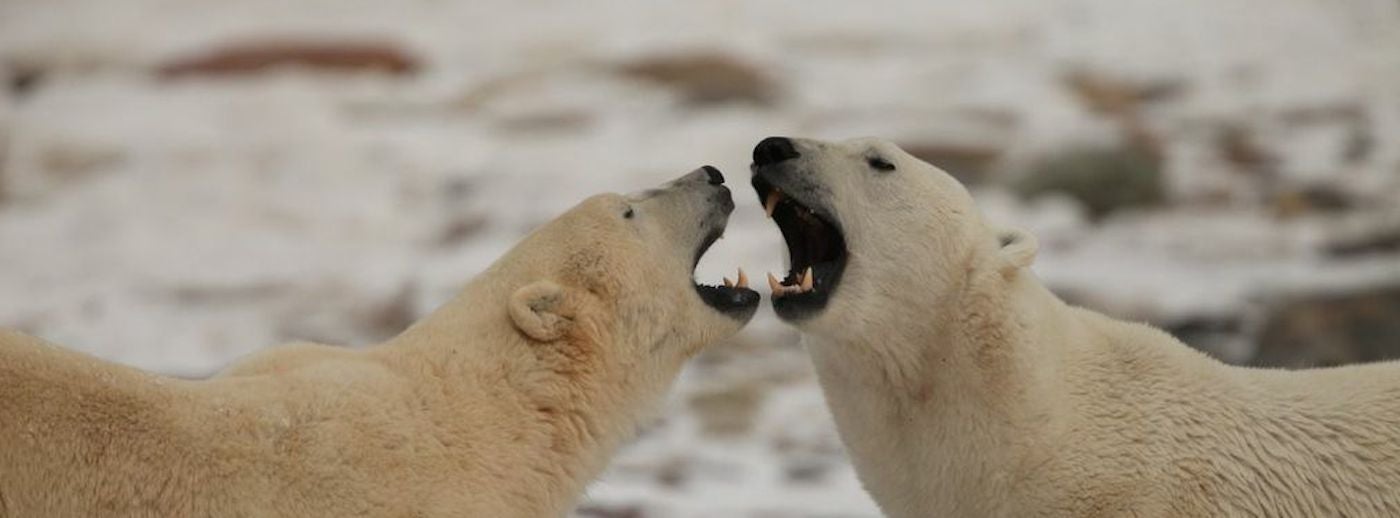Alaskan Polar Bear Population Drops 40 Percent in 10 Years

The polar bear population off the Alaskan coast has suffered a precipitous 40 percent decline since 2001, according to the results of a decade-long study released Monday.
The Guardian reports that juvenile bear survival rates declined steadily over the entirety of the 10-year study. Only two of 80 cubs monitored from 2004-2006 are known to have survived, and the total polar bear population was estimated to be just 900 as of 2010.
In 2008, polar bears were listed as “threatened” under the federal Endangered Species Act after seeing a 25-50 percent population drop from 2004-2006.
U.S. Geological Survey researchers hypothesized that the low polar bear survival rates during this period are linked to unfavorable ice conditions. Scientists said the thin and fragile condition of the winter ice in recent years has made it more difficult for polar bears to use ice floes as platforms for capturing seals.
“This report confirms we still are on the wrong path,” Dr. Steven Amstrup of Polar Bears International told the paper.
Read more: The Guardian